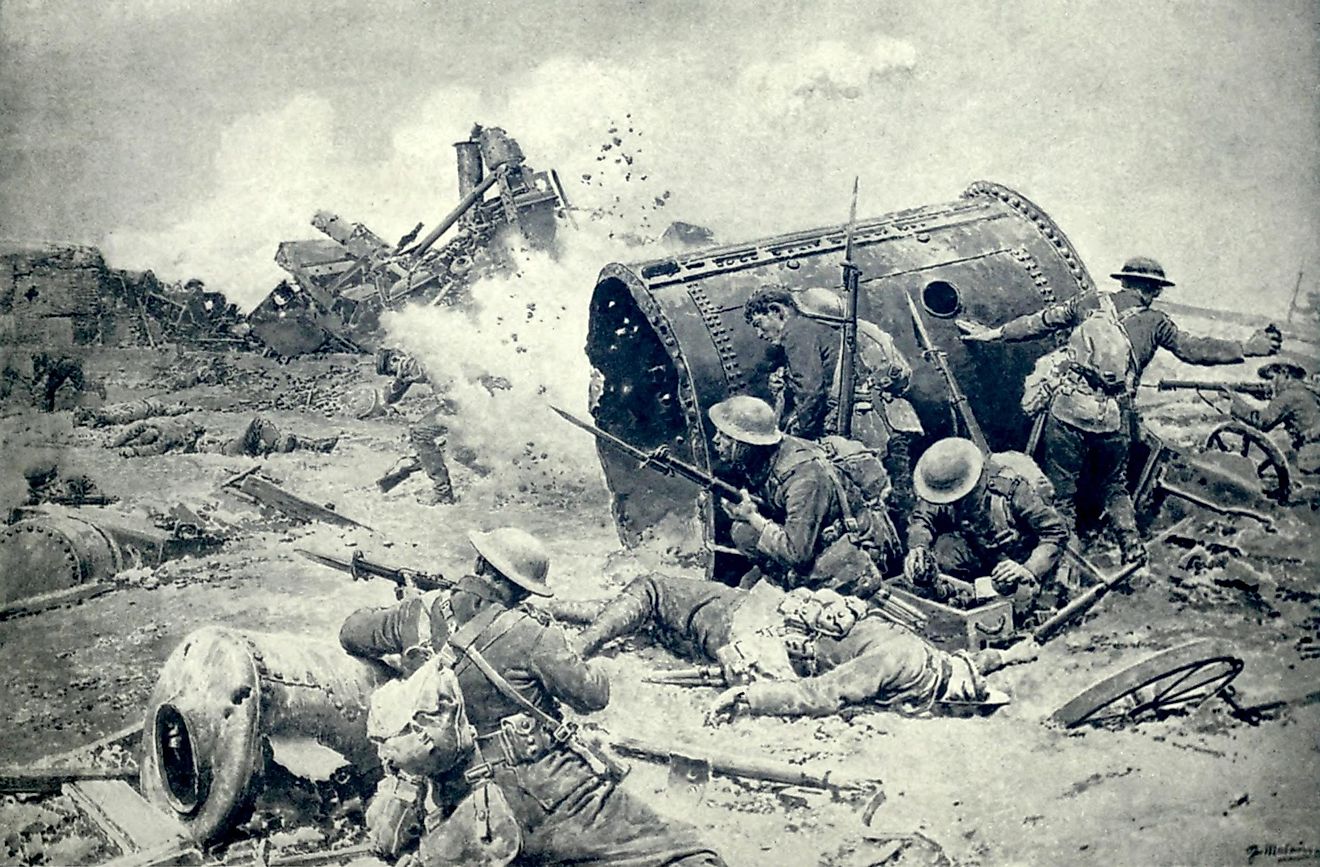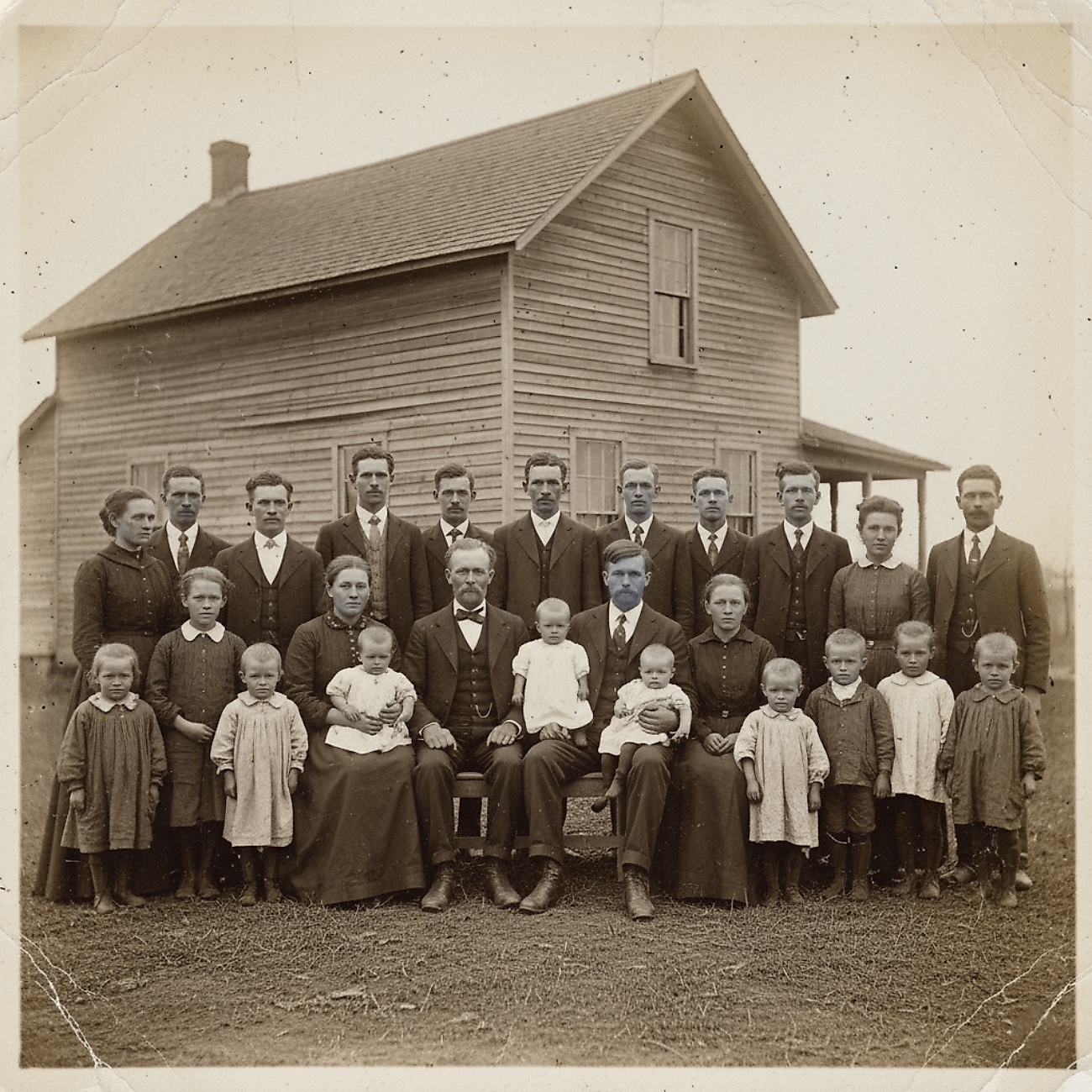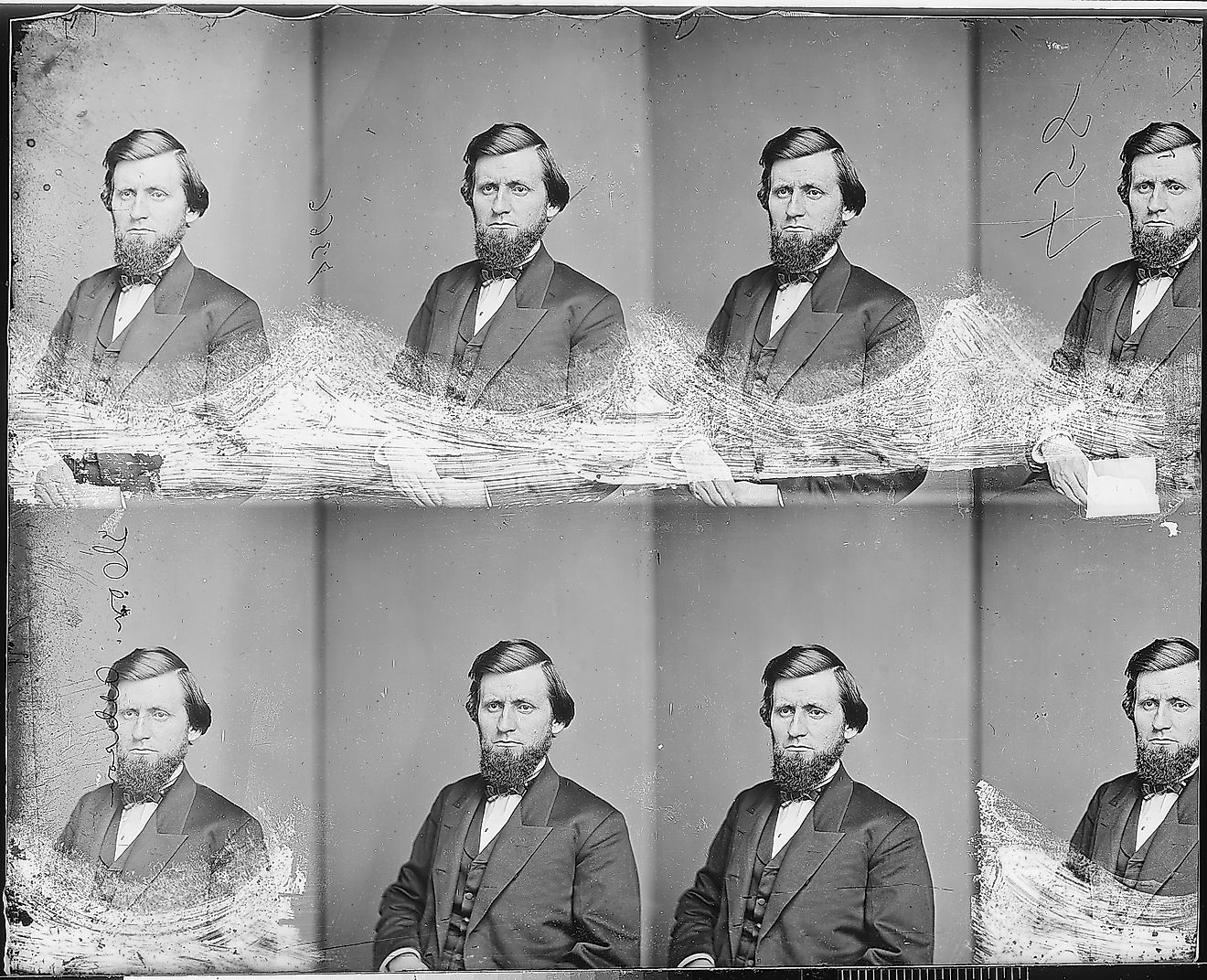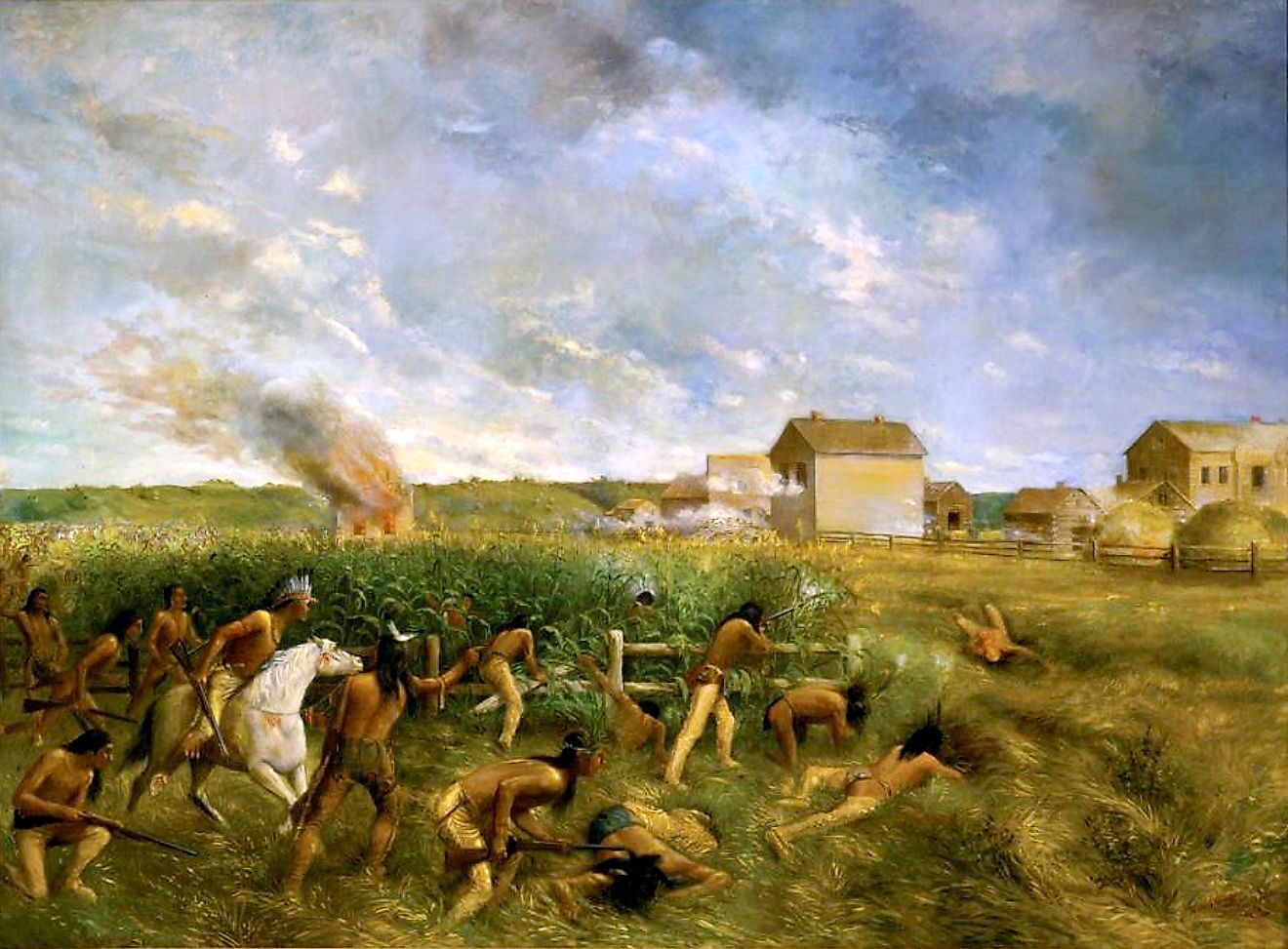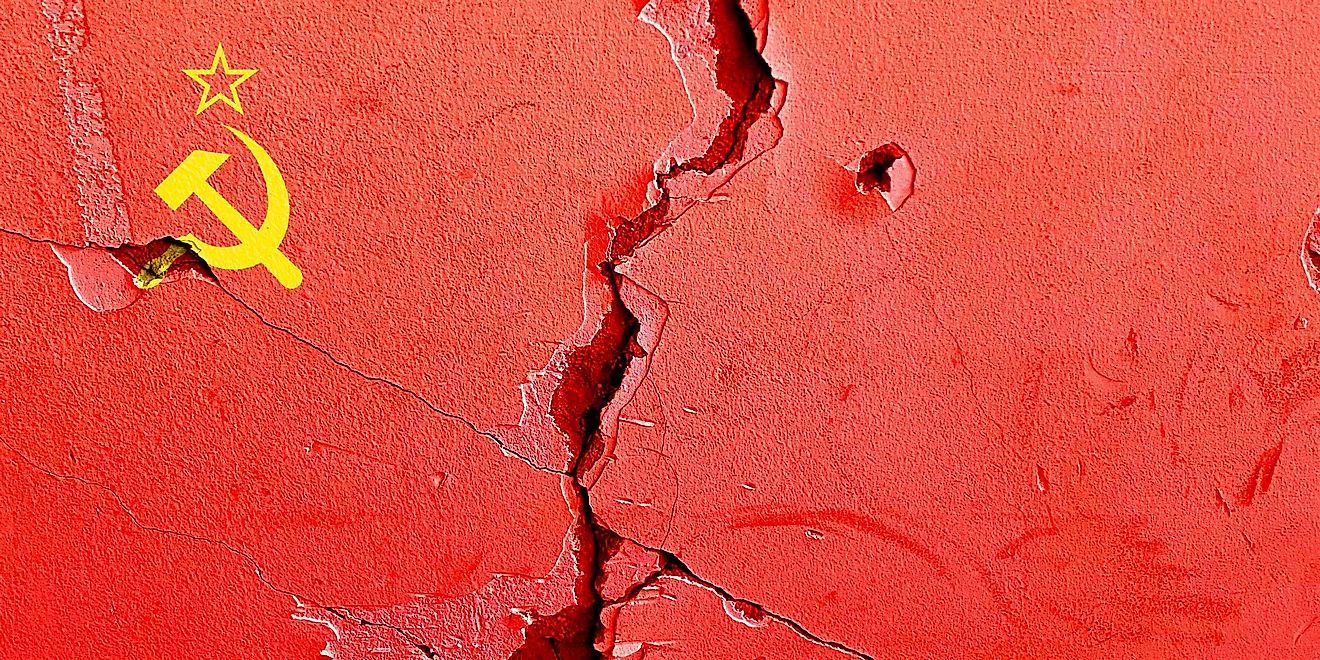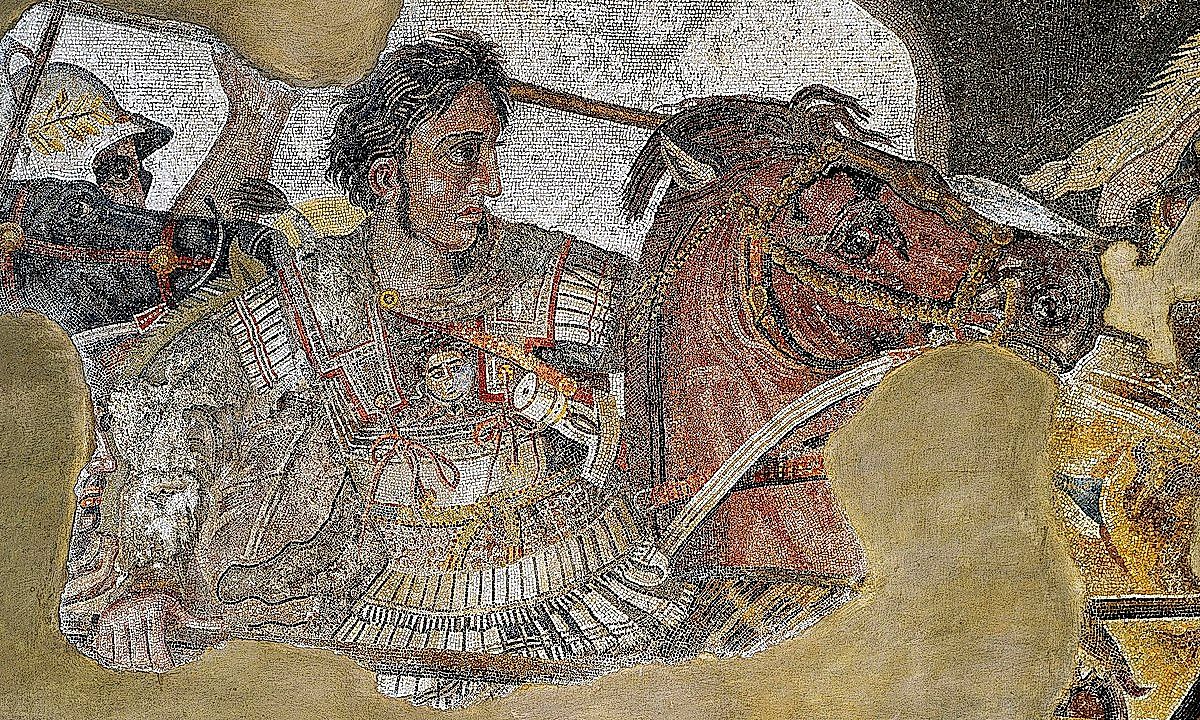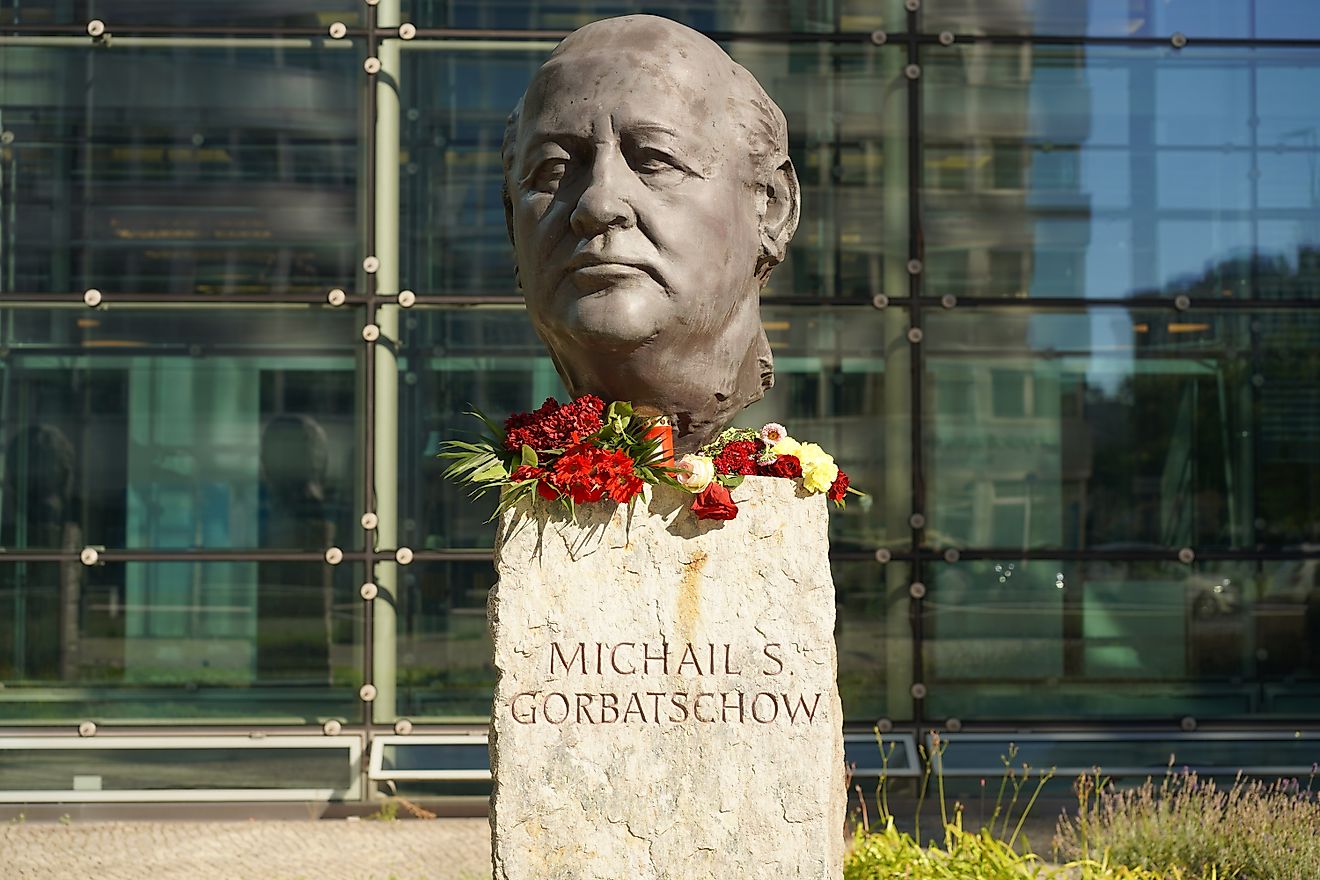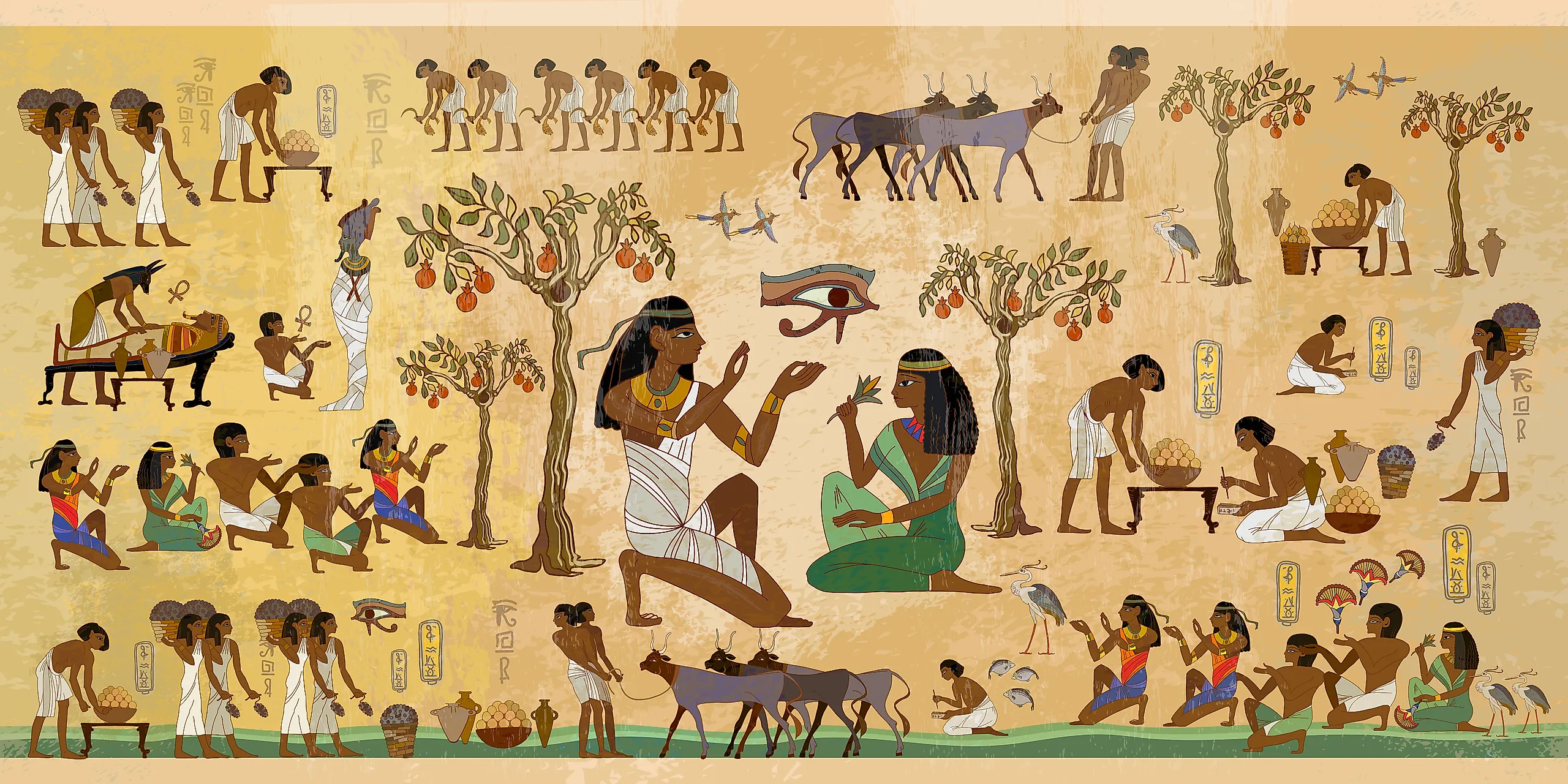
Ancient Egyptian Inventions That Are Still Used Today
Ancient Egypt produced a remarkable number of innovations that continue to influence daily life today. From early timekeeping systems to writing materials, hygiene practices, and recreational activities, Egyptian inventions helped shape technologies and cultural habits that remain familiar in the modern world.
Calendars
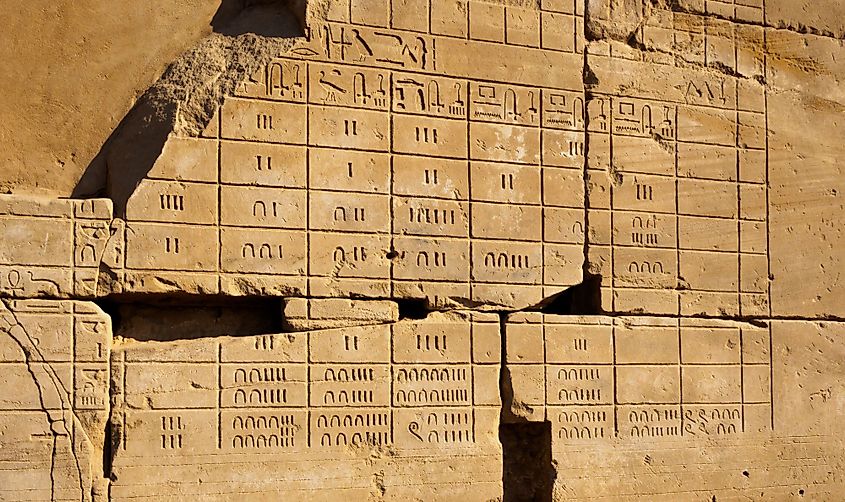
The 365-day calendar familiar today traces its origins to ancient Egypt, where it was developed to track the annual agricultural cycle and the flooding of the Nile. Egyptian astronomers observed that the heliacal rising of the star Sirius marked the beginning of the flood season, and they built a solar calendar of twelve 30-day months, followed by five additional festival days at the end of the year. This system helped farmers anticipate the changing seasons and plan their planting and harvests with greater accuracy. Although its original purpose was tied to the rhythms of the Nile, the Egyptian solar calendar later influenced Greek and Roman timekeeping and ultimately became the foundation of the modern calendar used around the world.
Papyrus And Ink (writing tools)
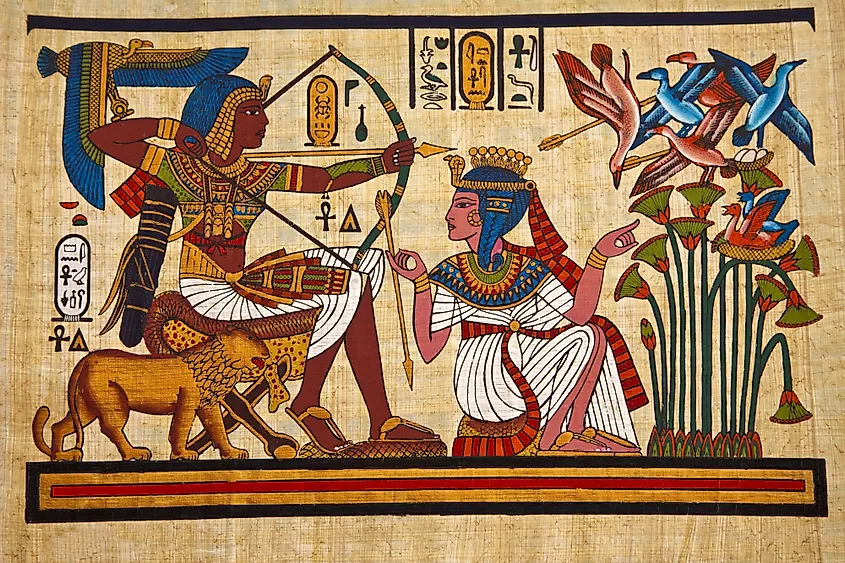
Although inks existed in other parts of the world, ancient Egyptians developed one of the earliest and most influential writing systems using ink on papyrus. Their inks were typically made from soot mixed with water and gum arabic, producing a durable black pigment that adhered well to writing surfaces. Papyrus itself was crafted not from leaves but from thin strips of the papyrus plant’s stem, which were layered, pressed, and dried into sheets. Thousands of papyrus documents have survived for millennia, preserving records of Egypt’s administration, literature, and daily life and illustrating early developments in writing materials that shaped later traditions around the world.
Makeup
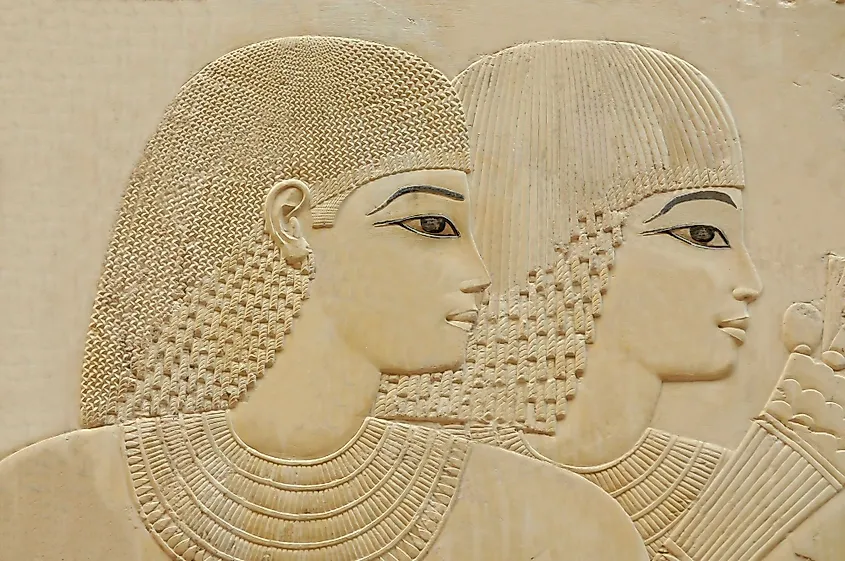
Cosmetics were an essential part of daily life in ancient Egypt, with eye makeup appearing as early as 4000 BCE. Egyptians crafted black kohl from galena or soot and applied it as eyeliner using slender applicators, creating the distinctive almond-shaped style still associated with their art. They also produced green eye paints from powdered malachite. Both men and women wore makeup, which served social, religious, and practical purposes—signaling status, honoring deities, reducing sun glare, and offering spiritual protection from harmful forces such as the evil eye. These ancient cosmetic traditions form some of the earliest foundations of makeup practices used today.
Breath Mints
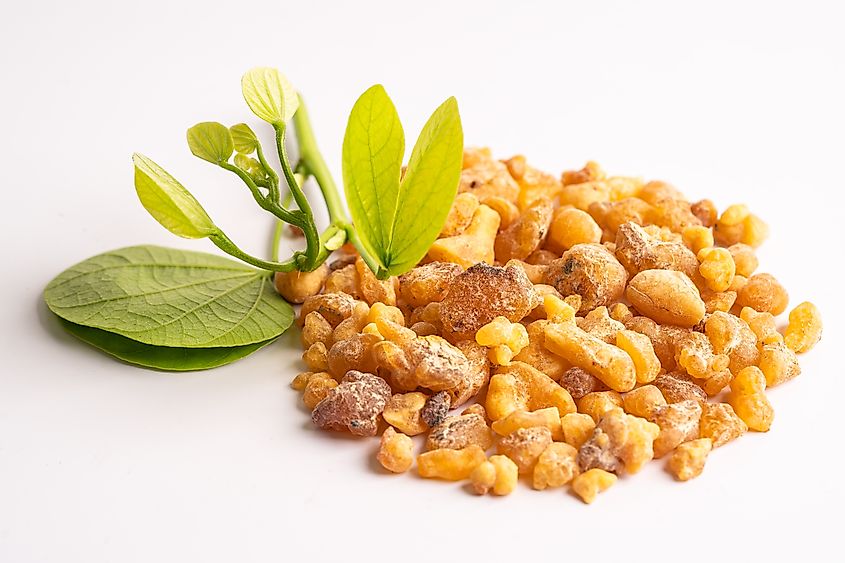
Dental problems were widespread in ancient Egypt, largely because flour was ground with stone tools that left fine sand and grit mixed into everyday foods. Over time, this abrasive material wore down tooth enamel, exposing the teeth to infection, decay, and chronic pain—conditions that likely contributed to persistent bad breath. To counter this, Egyptians developed some of the earliest known breath mints, blending aromatic ingredients such as frankincense, cinnamon, and myrrh with honey and shaping the mixture into small pellets. These served as both a remedy and a fragrant mouth freshener.
Shaving And Haircuts

Hair removal was an important part of daily life in ancient Egypt, where shaving helped people stay cool in the desert climate and avoid lice and other hygiene problems. Many men and women kept their hair short or removed it entirely, and priests often shaved regularly as a sign of ritual purity. This emphasis on grooming contributed to the development of early razors, which were first crafted from flint and later from copper and bronze. Skilled barbers emerged to meet the demand, visiting households to cut hair and shave their clients. Smooth, well-kept appearances became associated with status and cleanliness throughout Egyptian society.
Door Locks

Ancient Egyptians developed one of the world’s earliest pin tumbler locks, a direct ancestor of many modern lock designs. Dating to around 2000 BCE, these devices used a wooden bolt with movable pins that could be lifted into place by a specially shaped key, allowing the bolt to slide open. Although the basic principle is similar to today’s locks, early versions were large and cumbersome—often more than half a meter long—and carved entirely from wood. Despite their size, they represent one of the most sophisticated security mechanisms of the ancient world.
Bowling
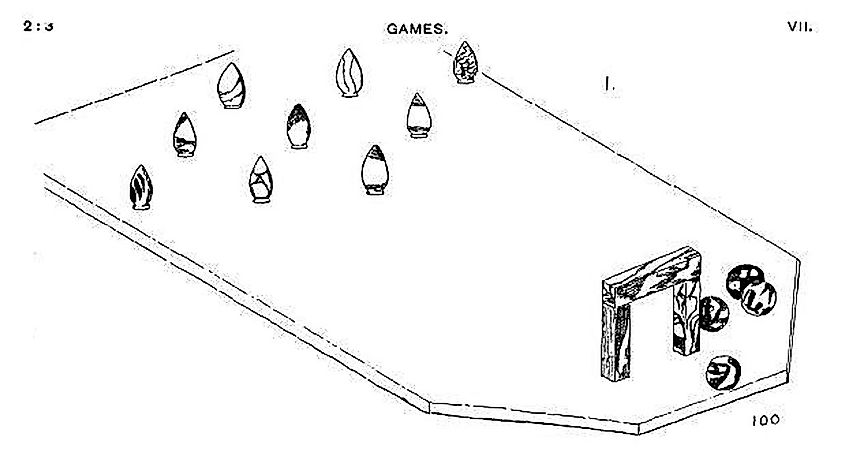
Although it differs from the modern sport, a form of bowling was played in ancient Egypt. Archaeologists excavating a site at Narmoutheos, about 90 kilometers southwest of Cairo, uncovered a room containing a narrow stone lane nearly four meters long and several balls of different sizes. The layout suggests a game in which players rolled larger balls toward a central target hole rather than aiming at upright pins. This activity resembles aspects of bocce or lawn bowling and shows that organized ball-rolling games—ancestors of today’s bowling traditions—were enjoyed in Egypt nearly two thousand years ago.
Conclusion
Many everyday items and systems can be traced back to ancient Egypt. From calendars and writing materials to grooming tools, cosmetics, and early recreational games, these developments show how Egyptian innovations continued to influence daily life long after their civilization ended. Their practical solutions to agriculture, recordkeeping, hygiene, and entertainment created foundations that remain recognizable today.
